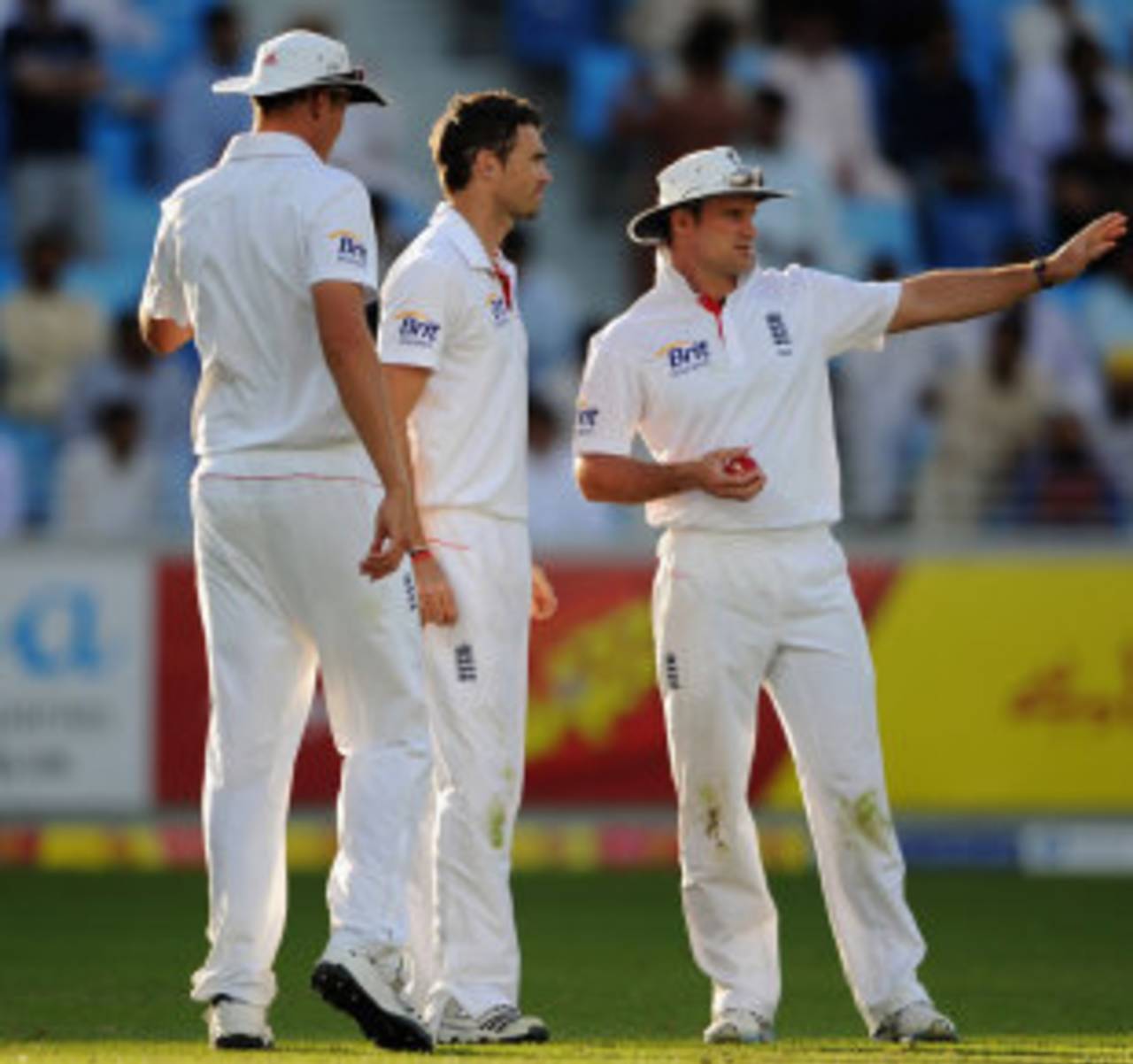Following 25 years of domination, first by West Indies and then Australia, the top ranking in Test cricket has suddenly become a slip zone.
Where both India and then England took steady steps, rising one rung at a time to reach the top, on arrival at the pinnacle they have encountered uncertainty. While India proceeded to slither down a greasy fireman's pole, England are currently clinging on grimly with closely clipped fingernails.
Why the sudden problems for the team rising to the top? In India's case they were always destined for a short stay because they reached the pinnacle with batting strength and only steady bowling. To dominate, a team requires not only bowling strength but also depth, and India possessed neither as they sought to conquer a variety of conditions and remain a power. They were also a team built for home conditions, and travelled about as well as seafood salad in the tropics.
England, on the other hand, have a strong, well-balanced attack, with some quality replacements. They are equipped to win away from home, which they did admirably in Australia. Their Achilles' heel has been batting, and more particularly the inability to conquer their spin demons. A general lack of footwork and the-sweep-is-the-answer-to-any-question-posed-by-a-spin-bowler mentality has seen them struggle on slower surfaces.
Despite their batting woes in four consecutive losses, England remained competitive in all those contests thanks to the tireless efforts of their bowlers.
The big difference between India and England and the two sides that dominated before them has been that while West Indies and Australia were far more complete teams, flaws have been exposed in the newer No. 1s.
However, the overall result for the game has been a much more interesting competition since Australia's dominance began to wane following the 2005 Ashes loss. There is now very little between the top six sides and one bad day can lead to an upset. Contrast that with a 25-year period where there were very few challengers to West Indies and then Australia, when predicting series results was simpler than forecasting the daily temperature in Barbados.
The one team that should have been more dominant in the last few years, especially since the addition of Imran Tahir's legbreaks to the mix, is the often disappointing South Africa. They have failed to develop fully under Graeme Smith's rather narrow leadership vision. A bristling pace attack, a decent legspinner and one of the game's great allrounders, complemented by a solid batting line-up, should be enough to regularly beat all-comers in this era of flawed opposition. However, since they beat Australia at the MCG in 2008-09 to clinch their first series victory in that country, South Africa have won
only a meagre 38% of their Test matches. It's not too late for South Africa to shed their underachievers' tag, but to win consistently they'll require more aggressive leadership.
It's not enough to just possess a strong attack; the bowlers need to be complemented by positive captaincy. Andrew Strauss is also a conservative leader, and at times he tends to wait for something to happen rather than to try and provoke a mistake. This has hurt England during their recent struggles because the fragile batting line-up has needed to be chasing as few runs as possible.
India are likely to struggle for traction on the greasy pole for a while yet. Their batting mastery is a thing of the past and they only have a moderate attack. When they eventually get around to rebuilding it'll require a new leader with fresh ideas to inspire. Virat Kohli is emerging as a likely candidate.
Australia are currently experiencing a surge on the back of a strong young pace attack and an extremely positive leader in Michael Clarke. However, the looming departure of Ricky Ponting and Michael Hussey will leave their batting with an air of vulnerability and a far less threatening aura.
This all leads to the conclusion that the status quo is likely to be maintained, with the struggle for the No. 1 ranking retaining a "fire-and-fall-back" feel. It's a far cry from and a big improvement on the days of dominance.
Former Australia captain Ian Chappell is now a cricket commentator and columnist
